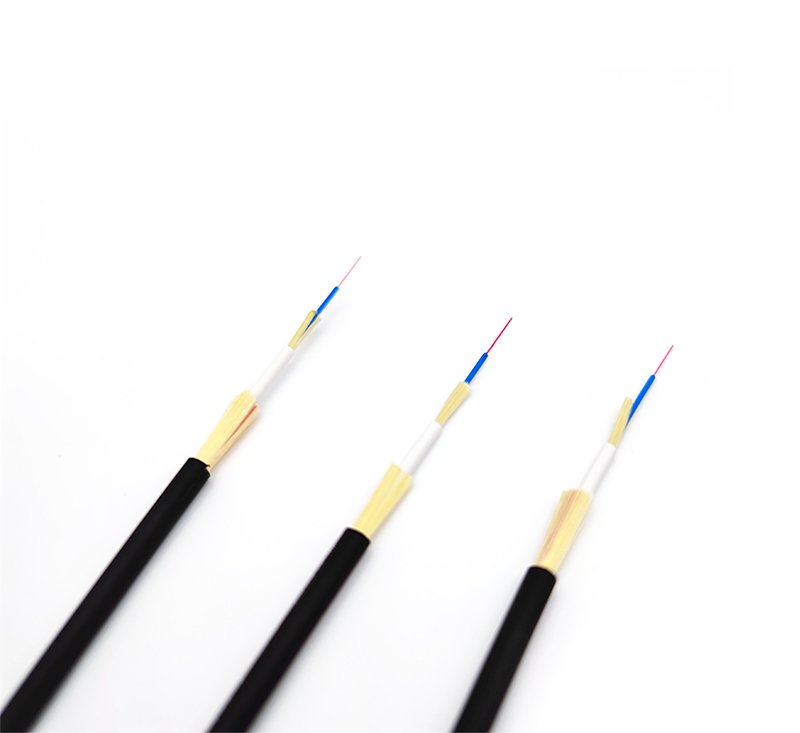Cable waterproof structure type:
For medium voltage XLPE insulated power cables, there are usually the following waterproof structures:
1. For single-core cables, wrap the semiconducting resistance water tape on the insulating shielding layer of the cable, wrap the general water blocking tape on the outside of the metal shielding layer, and then extrude the outer sheath. The outer sheath material can be so general. It can also use HDPE material with radial water blocking function, etc., depending on other functional requirements of the cable. As for the three-core cable, in order to ensure the full contact of the metal shield, only the single-conductance resistance water tape is wrapped around the insulating shield, and the water resistance tape is not wound outside the metal shield. Water-blocking filling, inner lining and outer sheath are as described in single core cable.

2. The aluminum-plastic composite tape layer is longitudinally wrapped inside the outer sheath or inner lining layer as a waterproof layer.
3. Directly extrude the outer sheath of HDPE on the outside of the cable.
For XLPE insulated cables above 110kV, metal sheaths should be used to make the cables meet the waterproof requirements. The major feature of the metal sheath is that it is completely impermeable, so the cable with the metal sheath has a very good radial water blocking function. The types of metal sheaths include: hot-pressed aluminum sleeves, hot-pressed lead sleeves, welded corrugated aluminum sleeves, welded corrugated steel sleeves, and cold-drawn metal sleeves.
Cable waterproof method:
The waterproof methods of cables are generally divided into two types: longitudinal water blocking and radial diameter water. Water-blocking yarn, water-blocking powder and water-blocking tape are commonly used for longitudinal water-blocking. Their water-blocking mechanism is that these materials contain a material that can swell when exposed to water. After entering the defect of the sleeve, this material will rapidly expand in contact with water to prevent the water from further dispersing along the longitudinal direction of the cable, thus completing the purpose of longitudinal waterproofing of the cable. Radial water blocking should be accomplished by extruding HDPE non-metallic sheath or hot pressing, welding, and cold drawing metal sheath.
Cable waterproof test basis:
The cable waterproof test method, the cable longitudinal water blocking function can be tested and judged through the IEC 60502-1997 ANNEX D (normative) or GB/T 12706.2-2002 Appendix D (standard catalog) water permeability test; and the cable radial water blocking At present, if the function is confirmed by indirect methods, such as checking whether the HDPE non-metallic sheath or non-metallic sheath has defects, if these sheaths are confirmed to be intact, then the cable is considered to have excellent radial water blocking function .
The above is the waterproof structure of some common cables that Xiaobian Yinglian has sorted out for you. I hope it will help you in your work.










